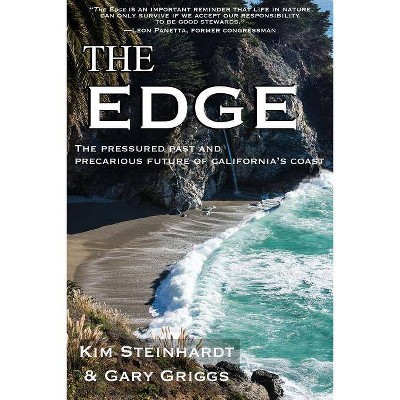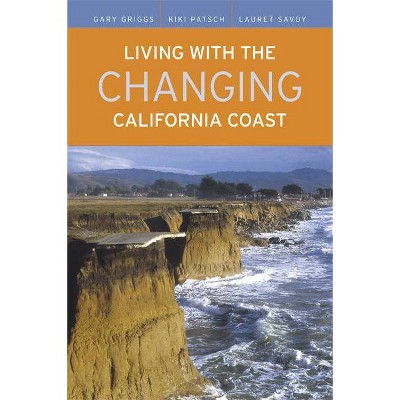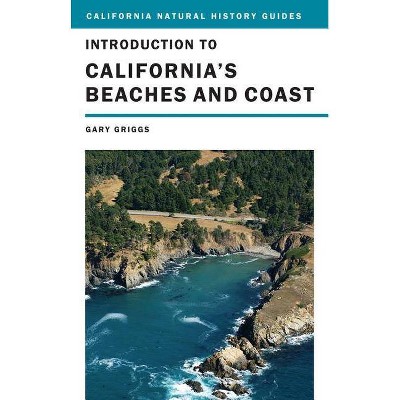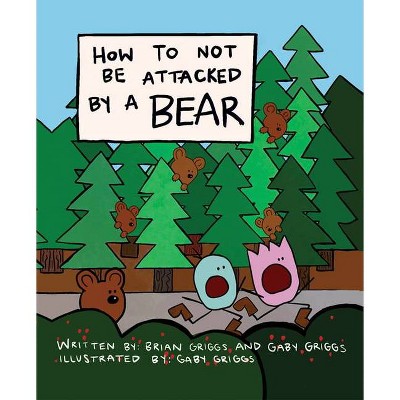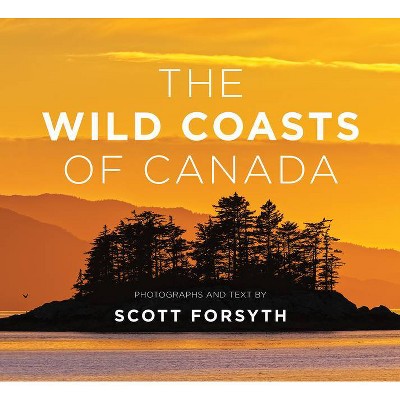Coasts in Crisis - by Gary Griggs (Paperback)

Similar Products
Products of same category from the store
AllProduct info
<p/><br></br><p><b> About the Book </b></p></br></br>"Almost half of the planet's population now lives in the coastal zone. The impacts of these people - three billion and rising - are increasingly affecting the most dynamic and constantly changing environments on Earth. All shorelines are also experiencing a rising sea level, which is causing coastal erosion and flooding, and what may be a more severe future storm and wave climate. Future sea-level rise may be the greatest challenge human civilization has ever faced. Dense populations are taking a toll on the coastal zone, impacting not only the shoreline itself, but also the nearshore waters. The myriad effects include industrial, agricultural, and domestic runoff and discharge; the disposal and accumulation of plastic and other marine debris; extraction of groundwater and petroleum leading to sea water intrusion and ground subsidence; large port developments with their thousands of ships and their associated impacts; overfishing and loss of habitats; and impacts of dams, sand mining, and coastal engineering structures on sandy beaches. Individual hazards, risks, and issues have been studied and written about individually, but there is no reference, book, or source until this one that treats the entire coastal zone as a region under threat. While there are more examples included from California and the United States, the book covers issues and environments from a global perspective so that this book will be useful and informative for students or readers anywhere on the planet."--Provided by publisher.<p/><br></br><p><b> Book Synopsis </b></p></br></br>Coastal regions around the world have become increasingly crowded, intensively developed, and severely exploited. Hundreds of millions of people living in these low-lying areas are subject to short-term coastal hazards such as cyclones, hurricanes, and destruction due to El Niño, and are also exposed to the long-term threat of global sea-level rise. These massive concentrations of people expose often-fragile coastal environments to the runoff and pollution from municipal, industrial, and agricultural sources as well as the impacts of resource exploitation and a wide range of other human impacts. Can environmental impacts be reduced or mitigated and can coastal regions adapt to natural hazards? <p/><i>Coasts in Crisis</i> is a comprehensive assessment of the impacts that the human population is having on the coastal zone globally and the diverse ways in which coastal hazards impact human settlement and development. Gary Griggs provides a concise overview of the individual hazards, risks, and issues threatening the coastal zone.<p/><br></br><p><b> From the Back Cover </b></p></br></br>"The roadmap to a healthy and sustainable ocean is filled with twists and turns. In <i>Coasts in Crisis</i>, Gary Griggs walks the reader through the science of each challenge, from the natural coastal process to the substantial impacts of human activities. This is a must-read for all of us working toward an ocean ecosystem that we would want to hand off to future generations."--John Laird, California Secretary for Natural Resources and Chair of the Ocean Protection Council <p/> "All around the world, population and economic development are increasingly concentrated in coastal regions. This means our planet's coastal zones are both ever more vital to societal well-being and increasingly stressed by development and population. Nobody understands these natural and human dynamics better than Gary Griggs. Written with Griggs's trademark clarity and passion, <i>Coasts in Crisis </i>provides a global perspective on the challenges and opportunities that are present for us all."--Kathryn D. Sullivan, Former NOAA Administrator and NASA Astronaut<p><i>"Coasts in Crisis</i> is a comprehensive and accessible book that should become a must-read for anyone who is concerned about the future of the life support system on Earth that sustains us all. Human activities have vastly altered these critical habitats and it's time to invest in understanding and protecting them for the future. Gary Griggs's book is a great place to develop such understanding and build momentum toward this goal."--Julie Packard, Executive Director, Monterey Bay Aquarium</p><p/><br></br><p><b> Review Quotes </b></p></br></br><br>"A concise overview of current . . . knowledge of these threats, and is a valuable reference for anyone concerned about the well-being of coastal zones, particularly the next generation of planners and politicians."-- "Conservation Biology"<br><br>"Highly recommend[ed]. . . . to all coastal scientists, managers, and planners and anyone concerned about the future of our extensive global coastlines. This book serves both as a comprehensive and artfully illustrated guide to the science behind coastal processes and hazards, and an environmental call to action to address the crisis we are facing for the majority of the world's population."-- "Coastal Management"<br><br>"This is an excellent introduction and a good launching point for further inquiry into understanding our planet's coasts."-- "CHOICE"<br><p/><br></br><p><b> About the Author </b></p></br></br><b>Gary Griggs</b> is Distinguished Professor of Earth Sciences at the University of California, Santa Cruz. He is author or coauthor of<i> Introduction to California's Beaches and Coast</i>, <i>Living with the Changing California Coast</i>, <i>California Coast from the Air, The Santa Cruz Coast (Then and Now), </i>and <i>Our Ocean Backyard</i>.
Price History
Price Archive shows prices from various stores, lets you see history and find the cheapest. There is no actual sale on the website. For all support, inquiry and suggestion messages communication@pricearchive.us
